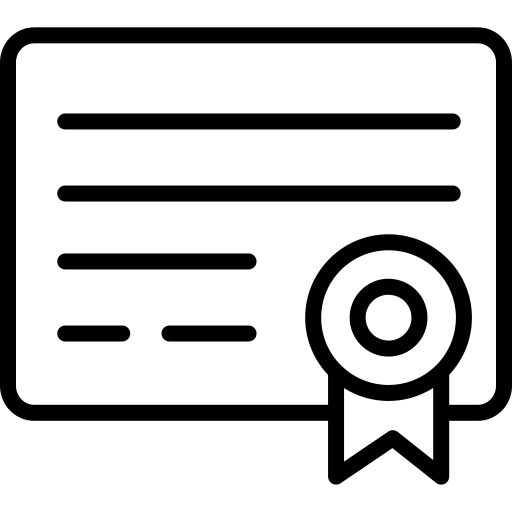Description
Python is a powerful programming language that's easy to learn and fun to play with. But once you've gotten a handle on the basics, what do you do next? Python Playground is a collection of imaginative programming projects that will inspire you to use Python to make art and music, build simulations of real-world phenomena, and interact with hardware like the Arduino and Raspberry Pi. You'll learn to use common Python tools and libraries like numpy, matplotlib, and pygame to do things like: Programming shouldn't be a chore. Have some solid, geeky fun with Python Playground.
 Books
Books  No Starch Press
No Starch Press
 Exclusively Paid
Exclusively Paid  7h 59m
7h 59m  No Certificate
No Certificate  352 pages
352 pages -
TypeBooks
-
ProviderNo Starch Press
-
PricingExclusively Paid
-
Duration7h 59m
-
CertificateNo Certificate
Python is a powerful programming language that's easy to learn and fun to play with. But once you've gotten a handle on the basics, what do you do next?
Python Playground is a collection of imaginative programming projects that will inspire you to use Python to make art and music, build simulations of real-world phenomena, and interact with hardware like the Arduino and Raspberry Pi. You'll learn to use common Python tools and libraries like numpy, matplotlib, and pygame to do things like:
- Generate Spirograph-like patterns using parametric equations and the turtle module
- Create music on your computer by simulating frequency overtones
- Translate graphical images into ASCII art
- Write an autostereogram program that produces 3D images hidden beneath random patterns
- Make realistic animations with OpenGL shaders by exploring particle systems, transparency, and billboarding techniques
- Construct 3D visualizations using data from CT and MRI scans
- Build a laser show that responds to music by hooking up your computer to an Arduino
Programming shouldn't be a chore. Have some solid, geeky fun with Python Playground.

